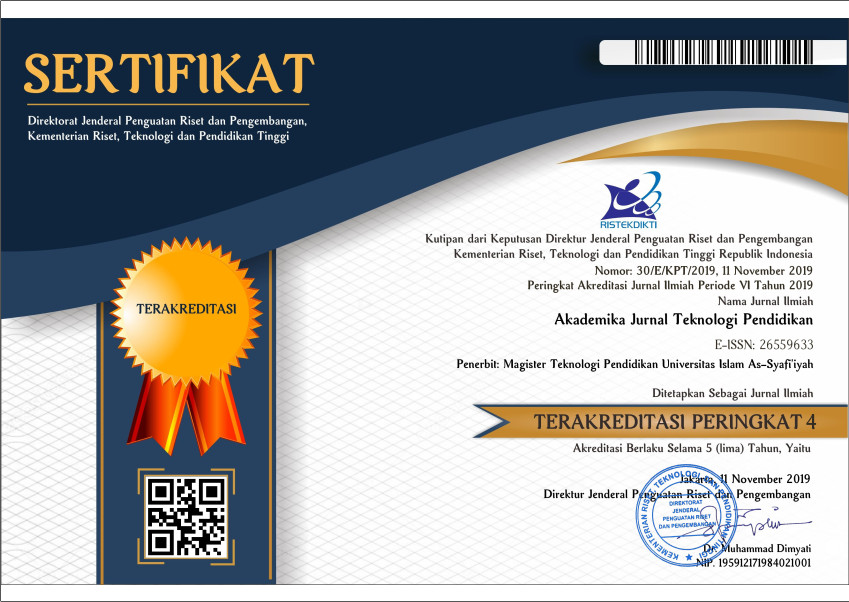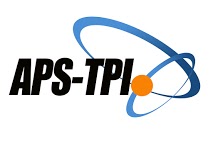MODEL CEGAH TANGKAL TINDAK KORUPSI
Abstract
Transparency International has issued the corruption ranks for 2015 and Indonesia sits in 107
positions, much better than the previous year position, which was in 114 positions of 174 investigated
countries. However, this position is still far below Philippine, Thailand, Malaysia, and Singapore who
sits in the thirties ranks. The efforts to eradicate corruption have been done through legal approach,
building awareness and community participation through Corruption Eradication Commission (KPK)
and other institutions. Regardless, the corruption index is still high. This shows that the efforts that
currently implemented tend to be less effective. Hence, other alternatives, such as, strategic human
resource management needs to be looked at to optimize the community participation to prevent and
deter corruption. Further, this effort is expected to curb the number of corruption cases in Indonesia.
The purpose of this research is to develop a model to build effective institutions internal environment
and healthy so it can hit as low as possible the occurrence of acts of corruption.
This research uses explorative quantitative survey method, meanwhile, descriptive and
regression analyses are used in data analysis. The dependent variable is the prevention and deterrence
of corruption (Y), whereas, the independent variables are organizational culture (X1), Competencies
(X2), Leadership (X3), and Internal Monitoring (X4). The population of this research is the employees
at the Joglo village office of Kemanggisan sub-district, West Jakarta City. The total number of
population is 25 people, which is also the total sample.
The conclusions of this research are, among others: a) The regression model of corruption prevention
and deterrence is Y = 4,94 + 6,08x1 – 0,155X2 – 0,058X3 + 0,176X4; b) organizational culture effect
significantly to prevent acts of corruption and charms has the greatest influence among other free
variables so it should be a priority in the policy prohibit acts of corruption charms; c) competencies
have a negative effect against barring acts of corruption but the charms not significant so that it does
not include priority in building barring corruption acts of charms. Smart, savvy employees are critical
but would damage the organization when no mandate; d) influential leadership negatively to prevent
acts of corruption but the charms not significant so that it does not include prioritaas in building barring
corruption acts of charms; e) internal monitoring positive effect against barring acts of corruption but
charms the level of its influence under the organizational culture, so although not including priority in
building barring acts of corruption, but charms the need developed an internal system of control which
is associated with the culture of the organization
This work is licensed under a Creative Commons Attribution 4.0 International License.
Authors who publish with this journal agree to the following terms:
- Authors retain copyright and grant the journal right of first publication with the work simultaneously licensed under a Creative Commons Attribution License that allows others to share the work with an acknowledgement of the work's authorship and initial publication in this journal.
- Authors are able to enter into separate, additional contractual arrangements for the non-exclusive distribution of the journal's published version of the work (e.g., post it to an institutional repository or publish it in a book), with an acknowledgement of its initial publication in this journal.
- Authors are permitted and encouraged to post their work online (e.g., in institutional repositories or on their website) prior to and during the submission process, as it can lead to productive exchanges, as well as earlier and greater citation of published work (See The Effect of Open Access).









